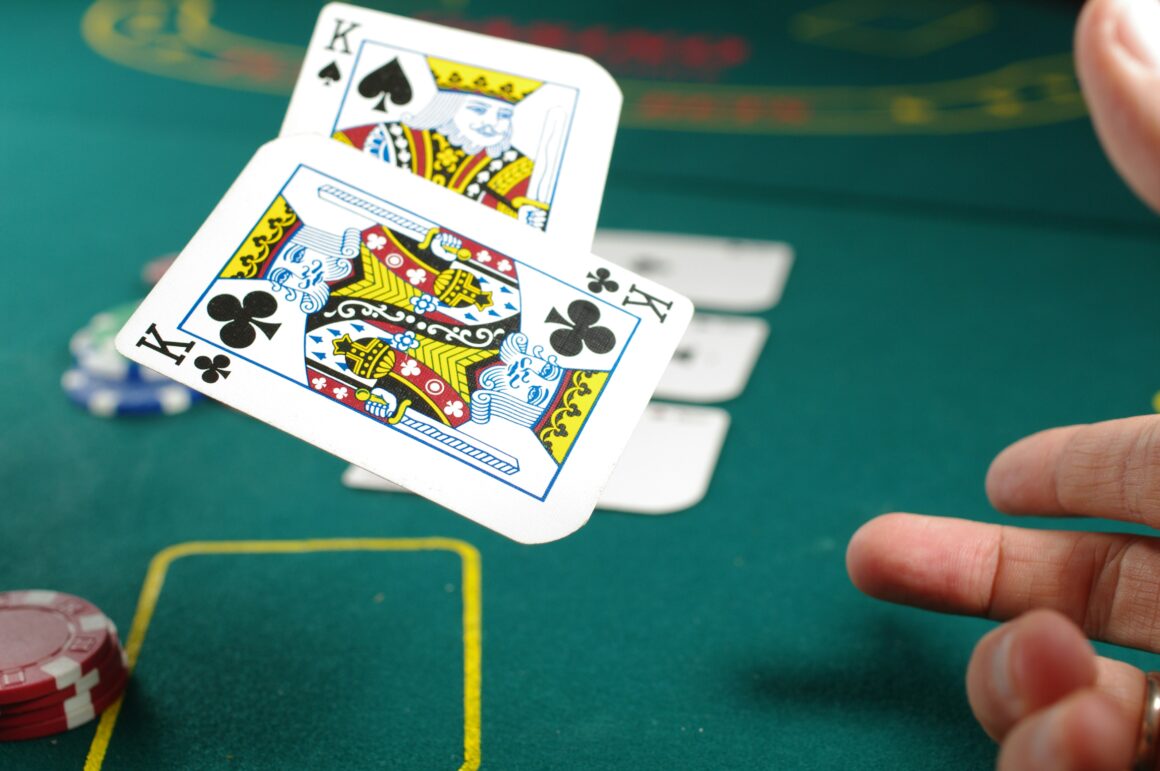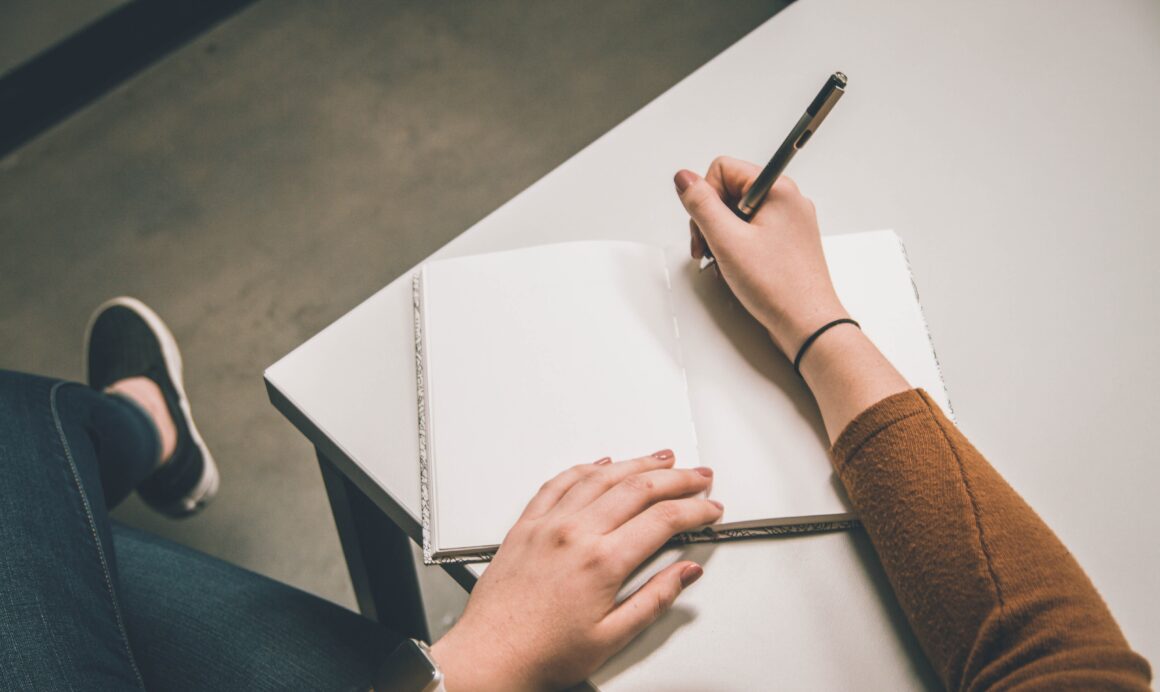In New Zealand, which has all but eliminated Covid-19, students have been back at school for two weeks. Matteo Di Maio reports on the experience.
We’d already made it into class by the time the teacher arrived on the Monday morning of our first day back at school in nearly eight weeks. “Out, out,” he told us. “I’ve got to hand sanitize you all!”
My class of about 30 was herded out again, lining up outside the classroom door. We span around and walked in almost as if we were in a bread line, shuffling forward step by step as the teacher dispensed sanitizer into our open hands.
We sat down at separated tables—rubbing the alcohol in—and faced the whiteboard. “Ew! It stinks,” some students said. “Do you think we can get drunk on it?” asked others, laughing. Our teacher stood up at the front of the class, and began to open his mouth to speak; he took a step back, until he was out of spit-shot.
We were all learning.
That Monday, the 18th, New Zealand’s most significant relaxation of Covid-19 restrictions came into effect for the nation’s pupils, as schools reopened around the country, and students emerged out of lockdown. Principals, urging that schools were “safe,” said that everyone would be expected to attend. And at Cambridge High School in the Waikato region of N.Z.’s North Island, 91.7% of us duly headed back to class.
My teacher went over what school would now look like—waving around a piece of paper distributed by the senior leadership team. It had borders covered in yellow stripes, the kind we’ve been seeing for months now. (The government’s official Covid-19 campaign is run with meticulous accuracy: when a national publisher tried to join in, co-opting the striped messaging, they got a call from an official, asking them to slightly adjust the Pantone.)
Pretend coughing, pretend spiting, “or making light of the situation,” would “not be tolerated.”
Hygiene and seating, movement of students, other spaces and wellbeing were the headings on the piece of paper. For hygiene: “Handwashing stations” had been built, and we’d be expected to use them. Hand sanitizer would be provided to every class, and we’d be expected to use it on entry. There’d be no more water fountains. For movement: Barriers would divide the school blocks, and stairs would be labelled for one way traffic: “entry” and “exit.” Students would have to sign in and out every time they left class during school hours. For spaces: class periods would be shorter in order to minimise the stampede that usually happens during our hourly migration between classrooms.
And then came the surprising one. For wellbeing: pretend coughing, pretend spiting, “or making light of the situation,” would “not be tolerated.” Students would be sent outside.
Our principal, about ten minutes in, appeared almost like a Star Wars hologram, projected on to the wall. “Welcome back to Cambridge High School,” he said. “I’ve got a big message for you today: Cambridge High School is safe.”

There is an incongruence between New Zealand’s reality right now, and what we see on the news.
Our teacher knew that. “Hopefully, if you follow the rules, in a couple of months this will just be a bad dream for us,” he said. My teacher is English — and several of his friends in the U.K. had died. “You’re a little shielded from that here,” he reminded us.
The focus here is now on how to make up learning lost over lockdown.
Many of my friends miss lockdown learning; things were distraction-free, we could work at our own pace, and get up later. Other students, though, were greeted on Monday by their teachers with: “Hey! I haven’t seen you in eight weeks!” Our period away from school has certainly not left us all in the same place.
When I asked my principal about whether those almost eight weeks out of school may have damaged students’ learning for an article in the local paper, he pointed to research on the effects of the lengthy American summer break on students, drawing parallels between the “summer learning loss” phenomenon—whereby kids appear to regress academically during vacation—and the possible effects of closing schools due to Covid-19.
In particular, experts focus on how time away from school can increase the learning gap between kids from low income and high-income families. Keeping students at home can deepen a divergence in students’ learning, he explained. “So some homes, for 100 different reasons might not have a very supportive environment for learning, whereas others have got an incredibly supportive one. Whereas you come into a classroom space, and it’s quite egalitarian. You come in and the teacher will do everything they can to help you learn. It becomes obvious that that’s not always the case in homes.”

End of year exams have been pushed back 10 days, and the principal reckons that’s more than enough time to get any students lagging behind up to speed.
We also know that in trying to catch up, we are lucky. Our bustling classrooms are a sharp contrast to America — where most states say schools should remain closed for the rest of the academic year. In New York, Gov. Andrew Cuomo has said public schools should start preparing plans to reopen by September, though he reminded listeners that it was too early to know for sure whether that will happen.
In the U.K., exams have been cancelled entirely.
When I talked to our principal last week, he said that the school’s population had been largely “resilient” to lockdown anxiety. The school’s in-house counsellors had continued to manage their existing clients, but he said students were largely in a “really strong place.”
The deputy principal told me that, rather than students, it was the staff who were worried about coming back to school. But, two weeks since reopening, there’s a general consensus that going back to school was the right decision. New Zealand’s new cases over the last two weeks now resemble a string of binary code: 0 1 0 1 0 0 0 0 1 0 0 0 0 0 0 0. As I write, there is just one active case in our country of five million people.
Featured image Via Matteo Di Maio


